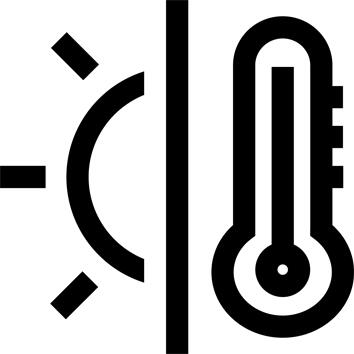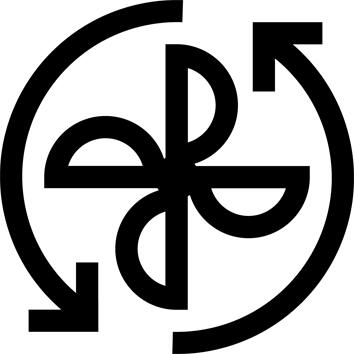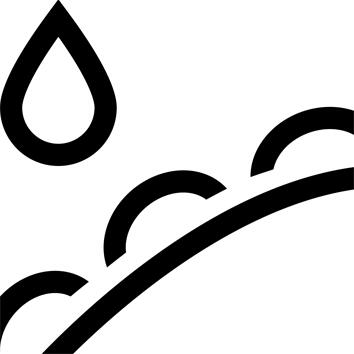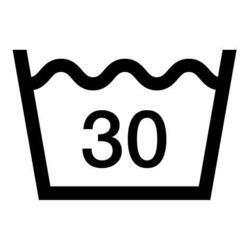What is the cut of this softshell jacket?
Close-fitting cut. Inner volume enables this jacket to be worn in conjunction with a thin 2nd layer fleece-type garment.
Breathability
The main fabric, present throughout the jacket except for the sides, features a windproof membrane with a breathability of 2814 g/m2 /24 h (according to JIS 1099 A).
Features
2 hand pockets.
Adjustable hem with elastic drawcord + tankas.
Lycra sleeves + sleeve grommets to prevent heat loss.
Thermal comfort and windproofing
Wind considerably increases the sensation of cold.
For example, at an outside temperature of 0°C, with 20km/h of wind, the perceived temperature will be -10°C.
Windproof components eliminate the discomfort associated with the freezing effect. By forming a barrier against the wind, they effectively reduce heat loss.
This Trek 500 softshell jacket is comfortable up to 10°C in dynamic conditions, worn as layer 2.
Component water repellency (not to be confused with waterproofing)
A fabric's water repellency is its ability to let water slide off its surface, without absorbing it. This means the fabric doesn't become waterlogged, and remains light and warm. Water repellency is achieved by a treatment applied to the outside of the fabric. This treatment needs to be renewed over the life of the garment (we recommend every wash). All Quechua softshells are water-repellent.
WASHING, REACTIVATING DEPERLANCE: HOW DO I CARE FOR MY SOFTSHELL JACKET?
With time, washing and wear, the water-repellent treatment becomes less effective. Find all our washing and water-repellent reactivation tips here:
https://www.forclaz.fr/how-to-maintain-and-repair-a-water-repellent-jacket

















